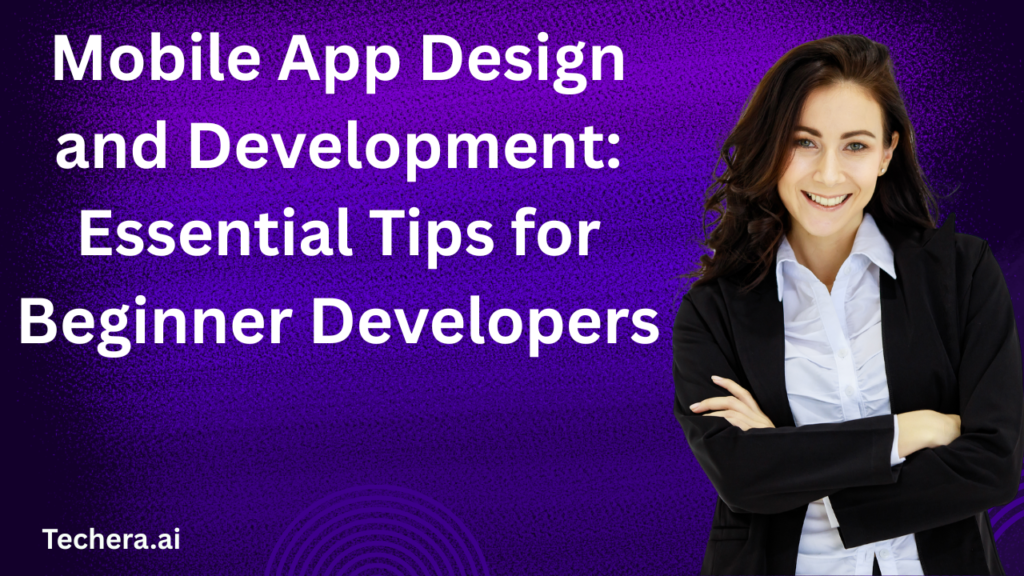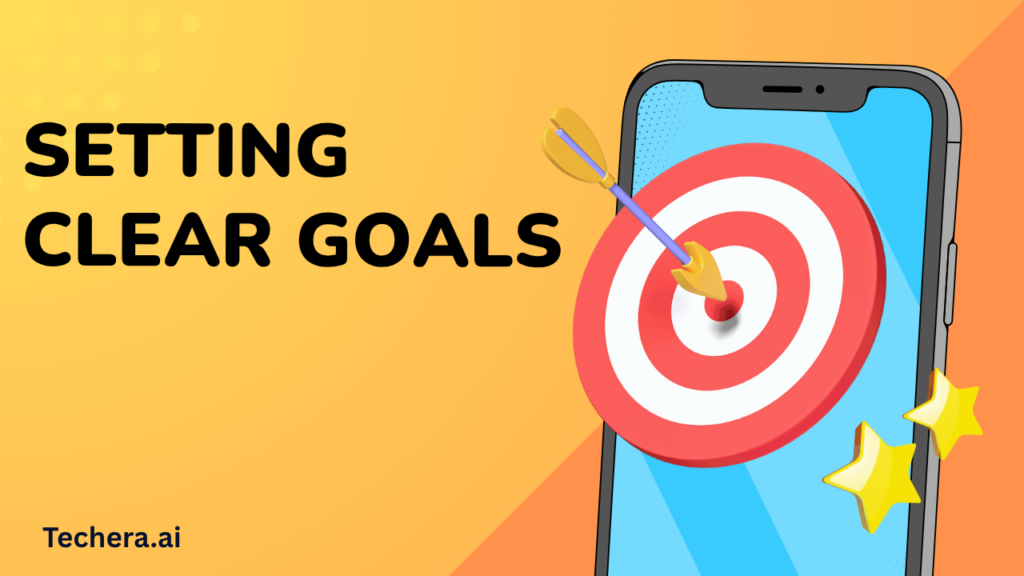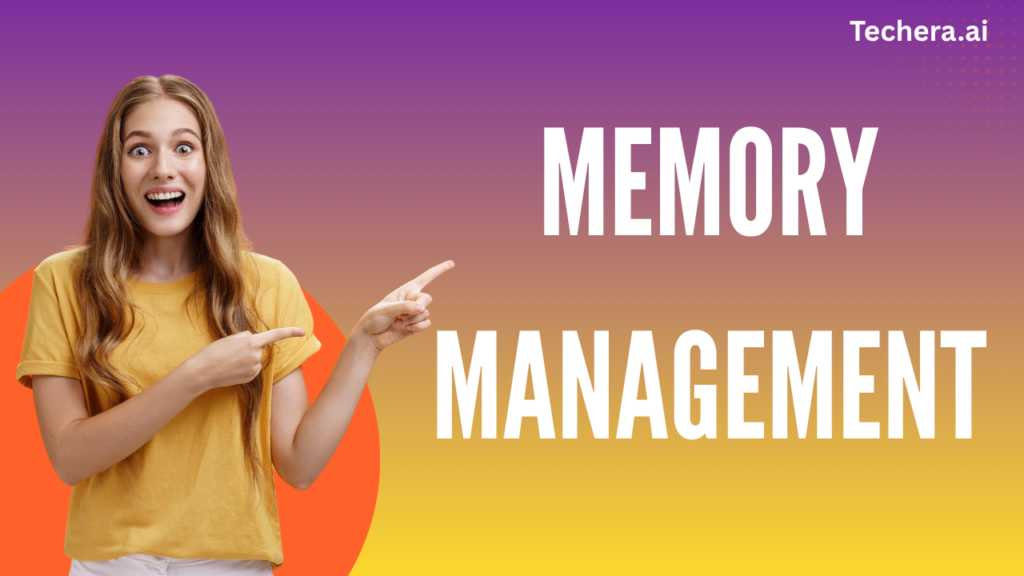
Mobile app design and development for beginners involves starting with a clear idea, focusing on intuitive UX/UI, building a minimum viable product, and testing thoroughly before launch. Essential tips include keeping navigation simple, prioritizing core features, creating mockups and wireframes, seeking user feedback, and following clean coding practices for scalable, user-friendly apps. Focus keyword: Mobile app design and development.
Introduction
Ever wondered how apps like Instagram or Spotify became so popular? It’s not just about the idea—it’s about how they’re designed and developed. Mobile app design and development are essential skills in today’s digital world. For beginners, understanding the process from concept to launch can make all the difference between a successful app and one that fades away.
Understanding the Basics of Mobile App Development
What is Mobile App Development?
The process of developing software apps for mobile devices is known as Mobile app design and development. It involves coding, designing, testing, and deploying apps that provide value to users.
Native vs. Hybrid vs. Web Apps
- Native Apps: Built for specific platforms (Android or iOS) using languages like Java, Kotlin, Swift, or Objective-C.
- Hybrid Apps: Combine web technologies (HTML, CSS, JavaScript) with native capabilities.
- Web Apps: Accessed via browsers—no installation needed.
The App Development Lifecycle
The lifecycle includes planning, designing, development, testing, launch, and maintenance. Understanding this flow helps beginners organize their process efficiently.
Defining Your App’s Purpose
Every successful app starts with a clear purpose. What issue does my app address, you ask? Who will use it?
Identifying the Target Audience
Your app should cater to a specific group. Conduct surveys or use analytics tools to understand their pain points.
Solving Real-World Problems
Apps that solve real issues—like managing finances or improving productivity—tend to succeed.
Setting Clear Goals

Define what success looks like. It could be downloads, engagement, or revenue.
Planning Your App
Without a plan, even great ideas fail.
Creating a Solid App Idea
Brainstorm ideas that are unique, useful, and scalable.
Researching Competitors
Analyze competitors’ strengths and weaknesses. App Annie and Sensor Tower are examples of useful tools.
Building a Project Roadmap
List milestones—design phase, prototype, testing, and final release—to stay organized.
Choosing the Right Development Tools
Beginners need user-friendly tools to start strong.
IDEs and SDKs
- Android Studio for Android apps
- Xcode for iOS apps
Popular Frameworks
- React Native
- Flutter
- Ionic
Pros and Cons of Cross-Platform Tools
They save time but can limit access to native features. Choose wisely based on your app’s goals.
UI/UX Design Principles
User-Centered Design
Always design with your user in mind. Prioritize comfort, accessibility, and intuition.
Simplicity and Usability
Keep it simple. Too many buttons or cluttered screens frustrate users.
Consistency
Maintain consistent colors, fonts, and icons across the app for familiarity and trust.
Also read Mobile App Design and Development for Startups: A Step-by-Step Approach
Wireframing and Prototyping
Why Wireframe?
Wireframes are like blueprints—they outline the structure before coding begins.
Best Tools
Use Figma, Sketch, or Adobe XD for visual prototyping.
Test Early
Share prototypes with test users for feedback before diving into full Mobile app design and development.
Color Schemes and Typography
Color Psychology
Colors evoke emotion—blue for trust, red for urgency, green for growth.
Readable Fonts
Choose fonts like Roboto or Open Sans that enhance readability.
Brand Consistency
Your color and font choices should reflect your brand’s identity.
Navigation and User Flow
Smooth navigation makes an app enjoyable.
Designing Intuitive Navigation
Use clear icons and logical paths. The fewer taps to reach a goal, the better.
Minimize Friction
Avoid unnecessary forms or confusing layouts. Each click should feel purposeful.
Common Patterns
Tabs, side drawers, and bottom navigation bars are familiar to users—leverage them.
Performance Optimization
Why Speed Matters
Users abandon slow apps. Optimize image sizes, use caching, and minimize heavy animations.
Reduce Load Times
Preload essential content and use lazy loading for secondary assets.
Memory Management

Keep background processes minimal to prevent crashes.
Testing and Debugging
Early Testing Saves Time
Start testing as soon as possible to catch bugs early.
Manual vs. Automated Testing
- Manual: Great for usability feedback.
- Automated: Efficient for regression testing.
Testing Tools
Use Appium, Firebase Test Lab, or XCTest to ensure reliability.
Deployment and ASO
Publishing Your App
Upload your app to Google Play Store or Apple App Store. Follow their submission guidelines carefully.
App Store Optimization (ASO)
Optimize your app title, keywords, and screenshots to improve visibility.
Gather Reviews
Positive ratings improve trust and ranking—encourage user feedback.
Post-Launch Strategies
Monitor Analytics
Use tools like Google Analytics for Firebase to track engagement and crashes.
Gather Feedback
User reviews are gold—listen and adapt.
Plan Regular Updates
Fix bugs, improve features, and keep your app fresh.
Common Mistakes Beginners Should Avoid
- Ignoring user experience
- Overloading with unnecessary features
- Skipping thorough testing
- Not planning for updates
Conclusion
Building a Mobile app design and development as a beginner may seem challenging, but with the right mindset and tools, it’s absolutely achievable. Focus on solving real problems, prioritize user experience, and never stop learning. Keep in mind that all great developers began where you are.
FAQs
1. What is the easiest app development platform for beginners?
Flutter and React Native are beginner-friendly frameworks with vast communities and documentation.
2. Do I need to learn coding to build apps?
Basic programming knowledge helps, but low-code platforms like Glide or Adalo can get you started.
3. How much time does it take to create an application?
Depending on complexity, anywhere from a few weeks to several months.
4. What makes an app successful?
Great UX, strong performance, and solving a real user problem.
5. How do I monetize my app?
Through ads, in-app purchases, subscriptions, or premium upgrades.

